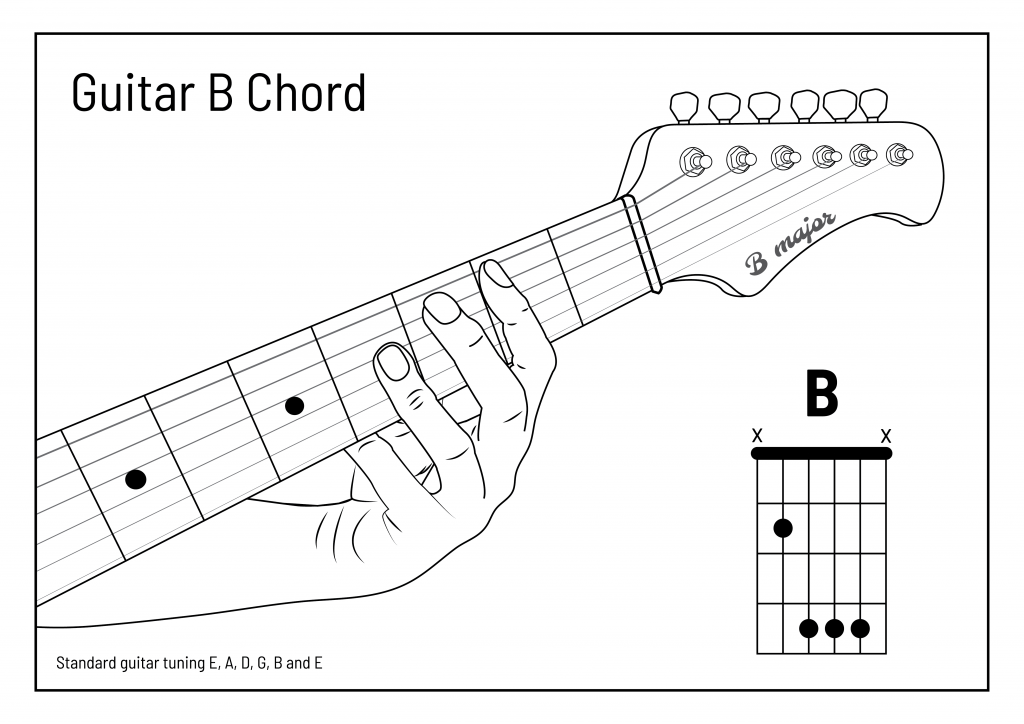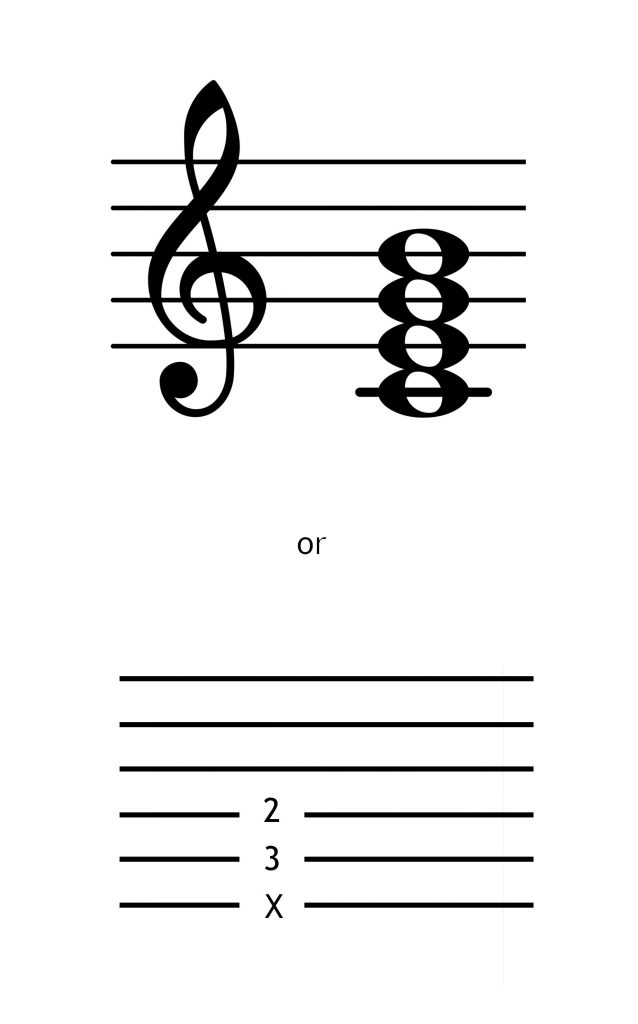Make Your Message Obvious
Guitar Tablature Tells People What to Do, Not Just What to Know
About eight years ago, when I finally decided to give my teenage dreams of learning to play guitar a chance, I dreaded the thought of learning to read music. To me, musical notation looks like a lovely foreign language; but I wanted to spend my limited time actually playing music, not deciphering a code. Luckily, I quickly discovered guitar tablature.

While musical notation gives you important information (notes, tempo, key, etc.), guitar tablature describes action. It tells you exactly where to put your fingers. In tab, if you see the number 2 on the third line from the bottom, you put your finger on the second fret of the third string. If you see an X, you don’t play that string. If you see an O, you play that string without fretting it. That’s pretty much it. All you really have to know is that the bottom line of the tab corresponds to the top string on your guitar. Of course, you’ll need to practice, but at least you’ll know what to practice.
Musical notation, on the other hand, requires learning abstract symbols. A dot on the third line from the bottom doesn’t mean you put your finger on the third string. Before you can tell your hands what to do, that dot has to travel into your mind where it meets with a stored piece of knowledge. If you don’t have that stored knowledge, the notation is worthless.
A good guitar tab is a good piece of communication:
- It’s obvious (It clearly tells you what to do, not just what to know.)
- It’s visual (You know what to do just by looking at it.)
- It’s intuitive (It makes sense. It matches the player’s expectations.)
Of course, people who learn to read music can eventually do so just as quickly as someone can read tab. And, once you learn musical notation, you can appreciate just how packed with useful information it is. But ask yourself what’s more appropriate for your audience. If you want them to play a Cmaj7 on a guitar, do you need to show them this:

